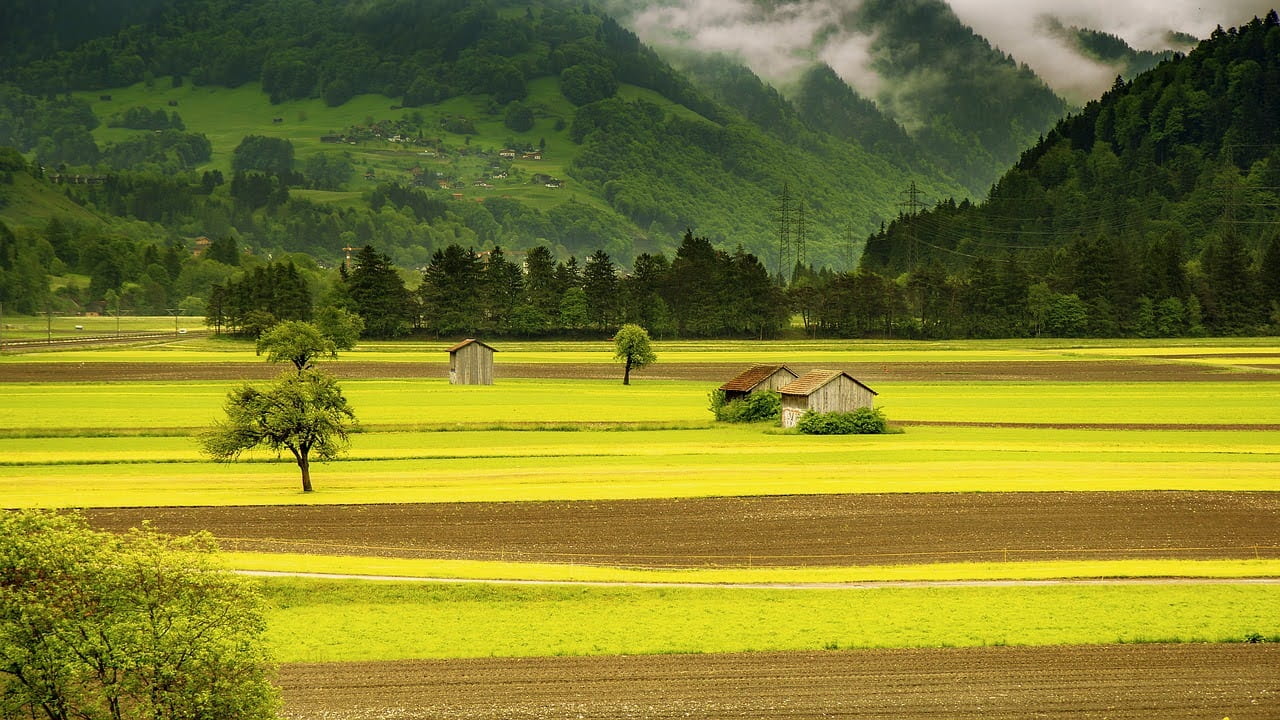Revolutionizing Food Sustainability
With our world population growing at an alarming rate and the demand for food becoming even more pressing, every day there is a bigger need for sustainable food options and sustainable food innovation. In our new generation there are many sustainable food ideas, ventures, and potential solutions for food waste that push against the traditional methods of farming and agriculture that dominate global food systems. There are sustainable ways to meet the world’s food demand. Listed below are some of the most eye-catching innovative food solutions that are being planned, created, or even already implemented!
- BlakBear: BlakBear is a food venture that involves placing patented sensors on food packages to detect spoilage before the listed “use by” dates. These sensors benefit the environment by creating less food waste. The producers of a product benefit from this technology as they can reduce waste when testing longevity of the product. The use of AI prediction systems is also particularly helpful as this technology can give more accurate and timely results on food shelf life by relying on real time data. This product can also help retailers to have more accurate shelf life data rather than basing it off of generalized knowledge, allowing shelf life to be extended and generating less food waste and financial loss. Lastly, consumers of these goods can plan ahead to use products more efficiently to decrease their food waste, knowing with confidence if something is still good to eat without guessing based on “use by” date, smell, or color.
- Lab Grown Meat: The concept of meat grown in labs has been long discussed and is finally widely being put into practice. The US startup Eat Just is leading this innovation. Lab grown meat involves the process of growing animal cells in a nutrient-rich environment which creates protein and different muscle fibers that essentially have a different “shape” or form of meat. The benefits of lab grown meat include less reliance on factory farming and less consumer stress about animal welfare. Eat Just has recently been approved for sale in Singapore and has begun selling their products there. They hope to be selling in US markets soon.
- Insects: Many people view insects such as crickets as the future of food. Many communities have been consuming insects for generations, and this trend is becoming more popular with the rest of the world. They are most commonly consumed in the form of snacks and flour. Many forecast this to be a popular food choice in the future due to the simplicity of their production, which relies on fewer resources (water, space, etc), along with insects being a nutritious and versatile food source.
- Drone Use: When one thinks of drones, they often do not think of farming. The use of this technology in farming is helping farmers be more efficient and sustainable. Imaging drones can detect pests and infections early on, allowing for quick action to be made to maximize yields and decrease loss. Moreover, drones can offer high-resolution pictures for farmers to detect soil and crop health. This technology can also allow for fertilizers and chemicals to be used sparingly—almost as a spot treatment. This will significantly decrease costs for farmers, allow for ease of access, and cause less environmental damage from the overuse of pesticides.
- Vertical Farming: This method of farming has already been implemented in many areas, especially urban environments. Rows of plants are stacked vertically, making the sky the limit for this technique. This type of farming allows for the maximization of space. It also reduces the need for long-distance transportation of crops, helping to offset another carbon implication of farming. Many of these towers use aquaponics and aeroponics, resulting in less water use. Furthermore, as these plants are not in the typical farming space, they are exposed to fewer pests and diseases, allowing farmers to significantly decrease the use of chemicals. Many of these vertical farms are also trying to implement more sustainability by adding things such as solar panels to their towers.
- Innovative Plant-based Foods: Lastly, it is important to mention the prevalence of new and improved plant-based foods available on the market. As of 2023, 6% of US consumers said they are vegan. This is a 500% increase from the 1% reported in 2014. Veganism is slowly becoming a commonplace and easier lifestyle for those who have access to vegan food options. The vegan lifestyle not only promotes a plant-based diet but allows people to practice sustainability and divert from the use of animals in their daily lives, decreasing their carbon footprint. Long ago, a vegan diet was much less common than today. Now, habits like eating a whole food diet and eating innovative products like Beyond Meat, Just Egg, Violife, and many more, are becoming more popular. These companies use plant materials and study flavors and textures to perfect their products to be almost identical to their animal-based competitors. It is a science on its own. Many mimic the flavors that many people grow to love without the negative environmental impact and unethical treatment of animals (for more information on this, check out my last article). With the abundance of these innovative food choices, the transition to a plant-based lifestyle can happen smoothly. Research that was conducted with 55,500 people found that vegans’ greenhouse gas emissions are 75% less than their meat-eating counterparts.
There is a lot of controversy surrounding the direction that our technological advancements are taking–everything from ethical concerns to the lack of regulations. Since it is inevitable that our world will keep heading in this direction, we environmentalists should hop on the opportunity to use such technologies to benefit our planet. Seeing all these innovative ideas and projects sparks a sense of hope. We need those who will take action to save our planet, and having options that are accessible to most and that provide quantifiable benefits to our health and that of our planet is crucial.



